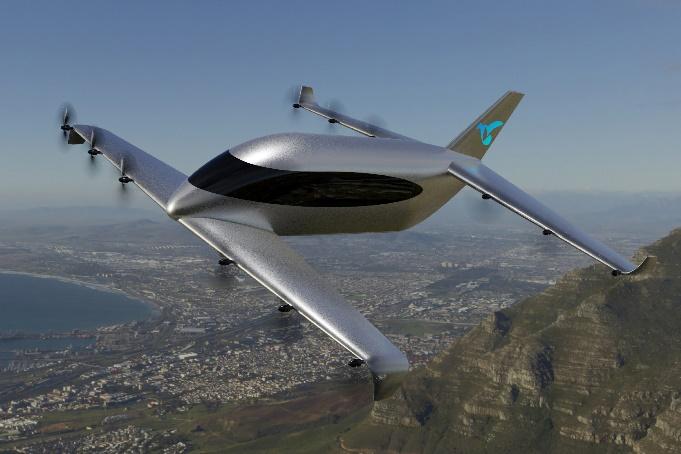Are Two Wings Better Than None for an eVTOL?
If You Want to Go the Distance, the Answer May Be ‘Yes.’

Much of the contemporary discussion around passenger-based urban air mobility (UAM) has been about transporting folks from major airports to their respective city centers. Consider San Francisco, for example, where SFO is often a heavily trafficked 20 kilometers (about 13 miles) or New York, where JFK is 35 kilometers (about 21 miles) from downtown Manhattan.
In central Europe though, many of the major urban centers are significantly closer together than in the United States. Consider these examples: Paris to Brussels (about 310 kilometers), Frankfurt to Munich (about 390 kilometers), Prague to Vienna (about 330 kilometers), Rome to Florence (about 275 kilometers), and Amsterdam to Rotterdam (about 80 kilometers).
That makes intra-urban air mobility seem as viable – and perhaps profitable – as the (currently) plain-vanilla iterations of urban air mobility.
Meet the Wigeon
Writing in a special issue of the academic journal, Applied Sciences, researchers led by Professor Ho Yon Wang, formerly part of the Faculty of Aerospace Engineering, Delft University of Technology Delft University, The Netherlands, challenge the conventional thinking.
The research paper postulates what could happen if an eVTOL had not zero wings, but two. They dubbed their uniquely configured eVTOL, the Wigeon.
As envisioned, the Wigeon could carry four passengers and a pilot 400 kilometers. The Wigeon eVTOL is powered by 12 variable-pitch, variable-speed open rotors, 6 on each wing. The final configuration is powered by 24 solid-state lithium batteries on a tandem-wing aircraft. The wings rotate from vertical to horizontal position after takeoff and back again for landing.
If all goes according to plan, the Wigeon, intended for the central-European market, would make its maiden voyage in 2030.


